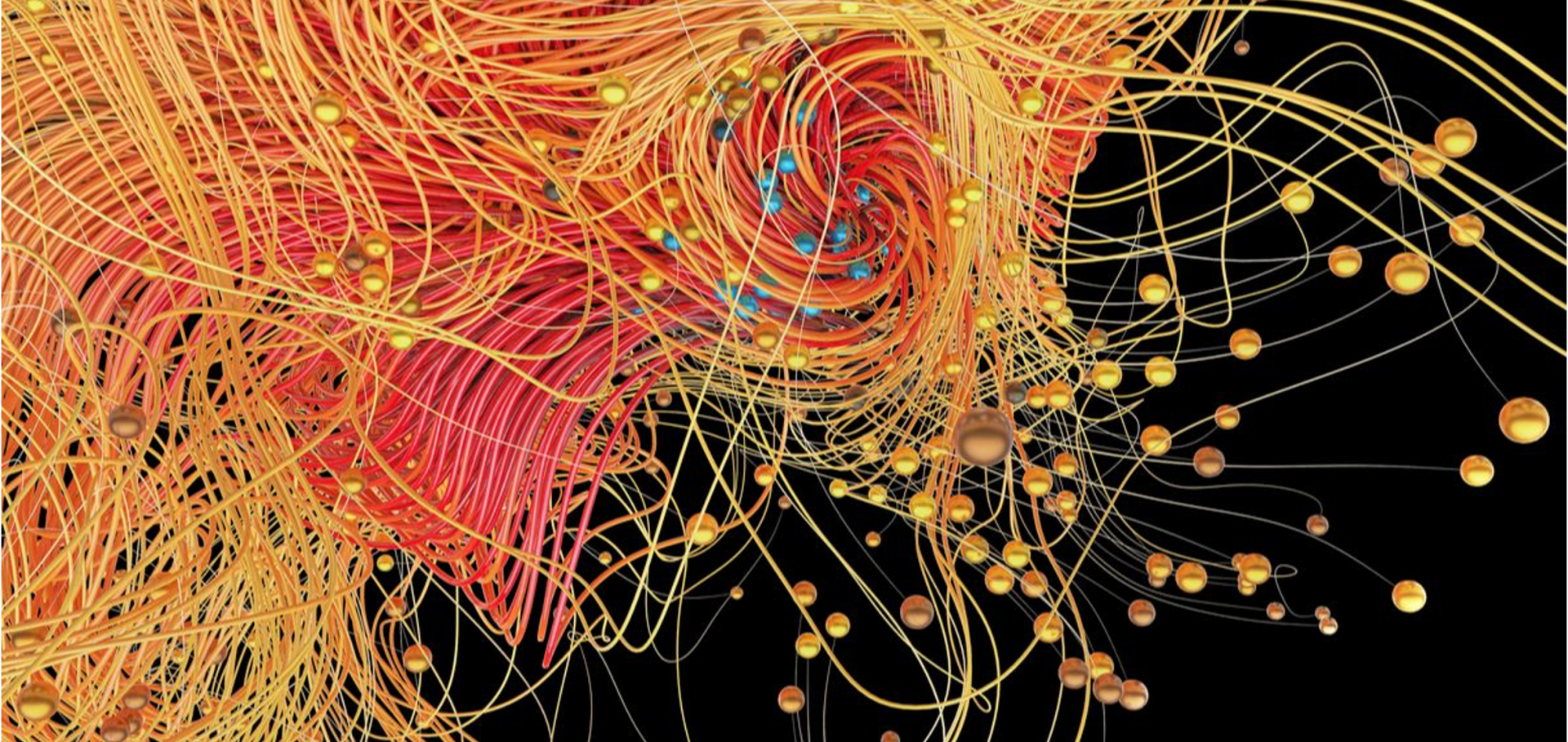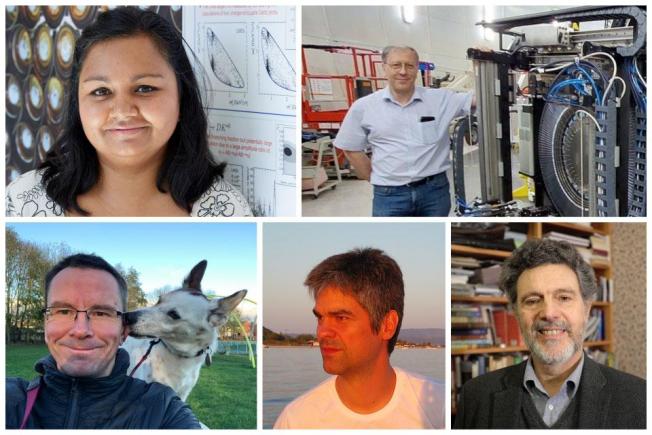Ice XV: a new thermodynamically stable phase of ice.
Phys Rev Lett 103:10 (2009) 105701
Abstract:
A new phase of ice, named ice XV, has been identified and its structure determined by neutron diffraction. Ice XV is the hydrogen-ordered counterpart of ice VI and is thermodynamically stable at temperatures below approximately 130 K in the 0.8 to 1.5 GPa pressure range. The regions of stability in the medium pressure range of the phase diagram have thus been finally mapped, with only hydrogen-ordered phases stable at 0 K. The ordered ice XV structure is antiferroelectric (P1), in clear disagreement with recent theoretical calculations predicting ferroelectric ordering (Cc).One-dimensional magnetic fluctuations in the spin-2 triangular lattice alpha-NaMnO2.
Phys Rev Lett 103:7 (2009) 077202
Abstract:
The S=2 anisotropic triangular lattice alpha-NaMnO2 is studied by neutron inelastic scattering. Antiferromagnetic order occurs at T< or =45 K with opening of a spin gap. The spectral weight of the magnetic dynamics above the gap (Delta approximately equal to 7.5 meV) has been analyzed by the single-mode approximation. Excellent agreement with the experiment is achieved when a dominant exchange interaction (|J|/k(B) approximately 73 K), along the monoclinic b axis and a sizable easy-axis magnetic anisotropy (|D|/k(B) approximately 3 K) are considered. Despite earlier suggestions for two-dimensional spin interactions, the dynamics illustrate strongly coupled antiferromagnetic S=2 chains and cancellation of the interchain exchange due to the lattice topology. alpha-NaMnO2 therefore represents a model system where the geometric frustration is resolved through the lowering of the dimensionality of the spin interactions.Magnetic correlations in the extended kagome YBaCo4O7 probed by single-crystal neutron scattering.
Phys Rev Lett 103:3 (2009) 037202
Abstract:
We have studied the frustrated system YBaCo4O7.0 generally described as an alternating stacking of kagome and triangular layers of magnetic ions on a trigonal lattice, by single-crystal neutron diffraction experiments above the Néel ordering transition. Experimental data reveal pronounced magnetic diffuse scattering, which is successfully modeled by direct Monte Carlo simulations. Long-range magnetic correlations are found along the c axis, due to the presence of corner-sharing bipyramids, creating quasi-one-dimensional order at finite temperature. In contrast, in the kagome layers (ab plane), the spin-spin correlation function, displaying a short-range 120 degrees configuration, decays rapidly as typically found in spin liquids. YBaCo4O7 experimentally realizes a new class of two-dimensional frustrated systems where the strong out-of-plane coupling does not lift the in-plane degeneracy, but instead acts as an external "field."One-dimensional magnetic fluctuations in the spin-2 triangular lattice \alpha-NaMnO2
(2009)



